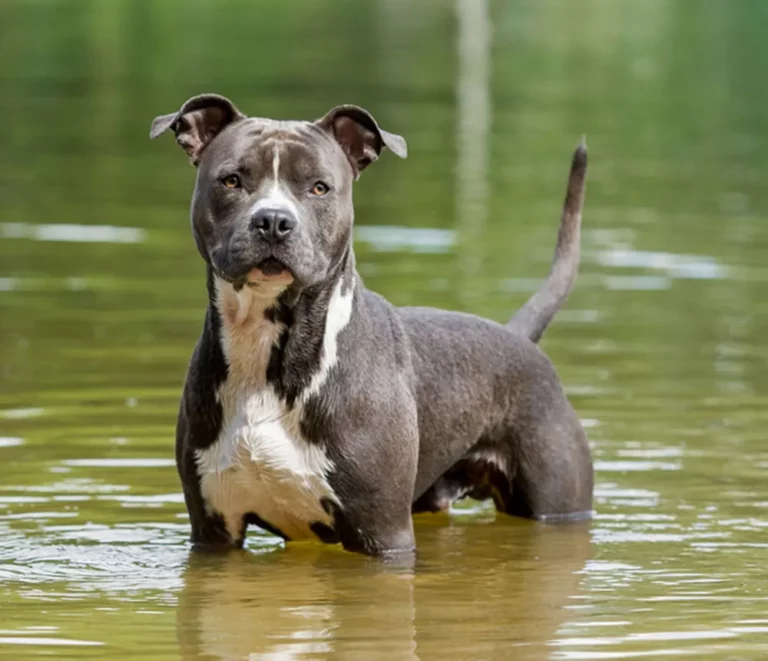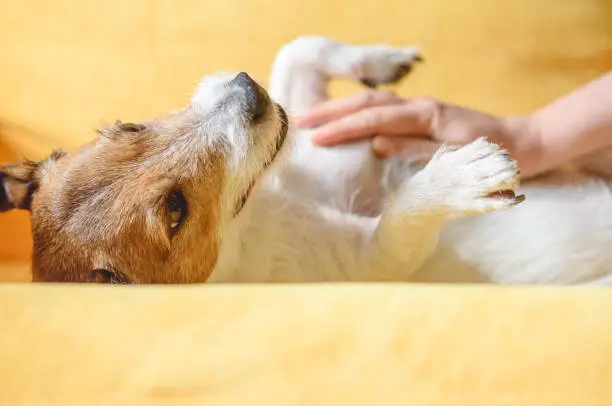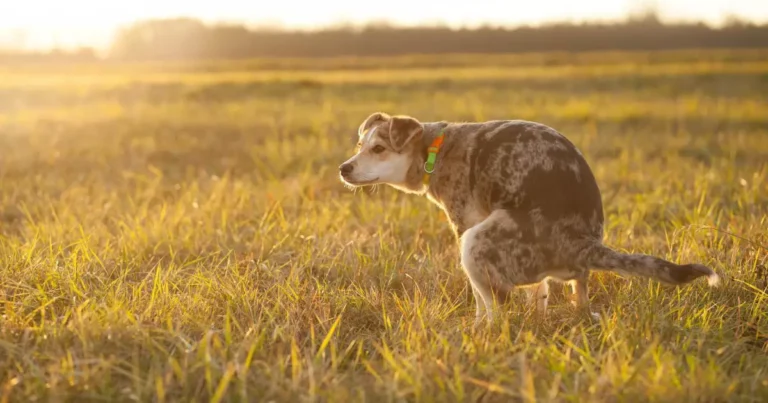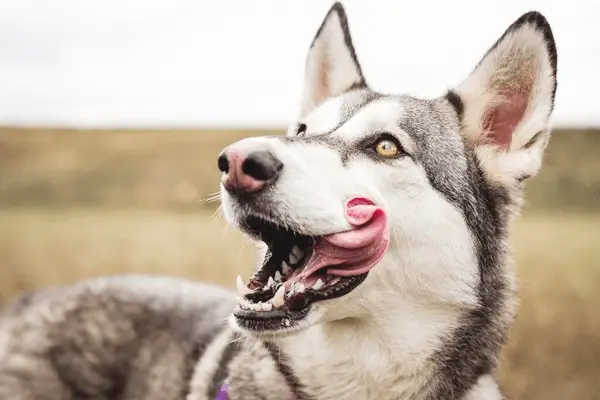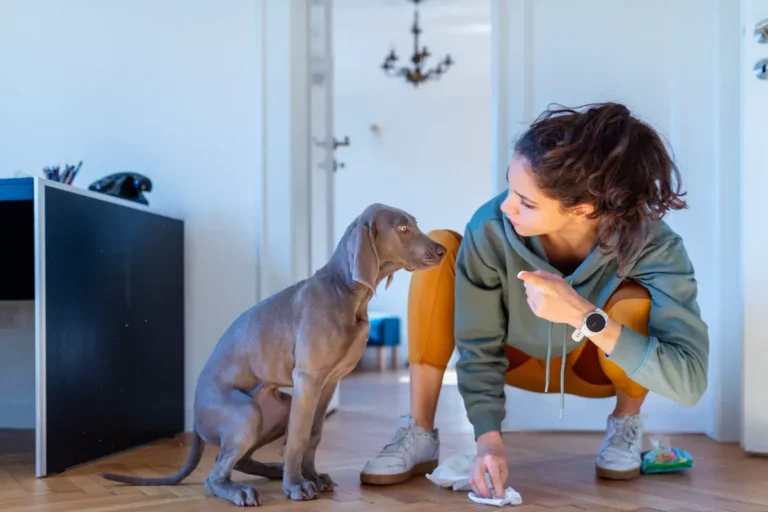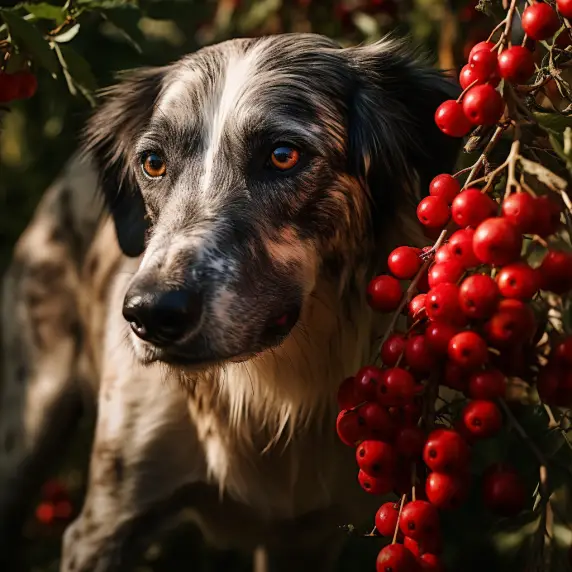Can I Walk My Dog After Cutting the Quick?
In the realm of dog care, one of the inevitable challenges pet parents encounter is trimming their pooch’s nails. And, sometimes, accidents happen. The quick gets cut, leading to a painful situation for the dog.
One common question that arises is: “Can I walk my dog after cutting the quick?”
In this blog post, we’ll explore the answer to this question, providing insights from various trusted sources, along with valuable tips to ensure your dog’s safety and comfort.
Key takeaways
Cut quicks are manageable with the right care.
Stop bleeding, clean, and monitor wounds.
Walk resumption depends on the cut’s severity.
Start with short, gentle walks post-incident.
Regular trims can help avoid quick cuts.
Consult a vet or groomer when in doubt.
Understanding the Quick in Your Dog’s Nail
When it comes to our furry friends, each part of their anatomy has a function, including their nails. Deep within your dog’s nail lies the quick, a highly sensitive area rich in blood vessels and nerves.
1. Anatomy of a Dog’s Nail
The dog’s nail is made up of two main parts: the hard outer shell and the inner quick. The quick is essentially a part of your dog’s nail; it provides nourishment and supports nail growth.
2. The Significance of the Quick
The quick is very sensitive due to the concentration of nerves and blood vessels. This sensitivity serves as a protective mechanism; it helps the dog avoid damage to this area, which could result in pain or infection.
3. Why Cutting the Quick Hurts
Imagine if someone accidentally clipped into your nail bed while giving you a manicure. That’s pretty much what it feels like for a dog when their quick is cut. It’s painful and causes the nail to bleed. Dogs, like humans, are not fond of pain, which can make future nail trimmings a stressful event for your pet if the quick is cut.
Understanding the quick’s role and its sensitivity is key to ensuring a safe and comfortable nail trimming experience for your furry friend. In our next segment, we’ll discuss what happens when the quick is accidentally cut and how it affects your dog.
What Happens When the Quick is Cut?
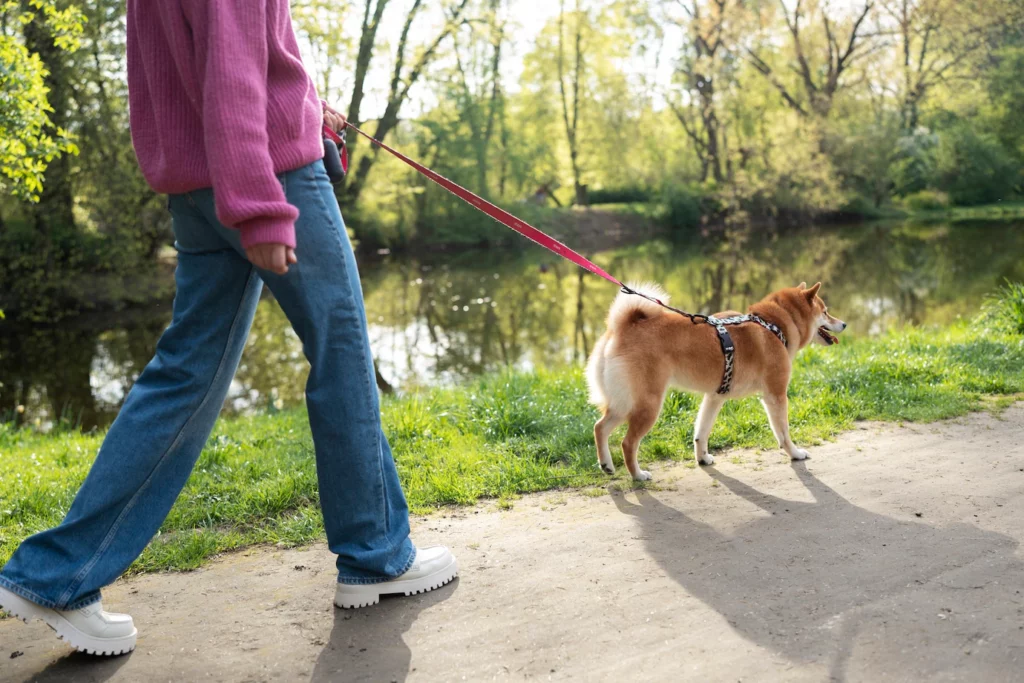
Accidents happen, and sometimes during a nail trim, the quick gets cut. The consequences are immediate and can be quite uncomfortable for your dog. Let’s delve into what transpires when the quick is cut.
1. Immediate Effects
The first thing you’ll notice when the quick is cut is bleeding. The quick contains blood vessels, and cutting into it results in a certain amount of bleeding. Accompanying this physical sign is the pain your dog feels, which might make them yelp or react in a distressed manner.
2. Potential Long-Term Effects
If the wound from a cut quick isn’t properly managed, it could potentially lead to infections. Dirt and bacteria from the environment could enter the open wound and create complications. Your dog may also become anxious or resistant during future nail trims, associating the activity with the pain they experienced.
3. Changes in Walking Behavior
Your dog might be more cautious while walking or running after the quick is cut. You may notice them favoring the injured paw, limping, or avoiding certain activities they usually enjoy, such as playing fetch or climbing stairs.
Understanding these effects underscores the importance of immediate and appropriate response when the quick gets cut. In the next section, we’ll discuss how to react when this happens to minimize discomfort for your furry friend.
How to Act When the Quick is Cut
Accidentally cutting your dog’s quick can be stressful for both you and your pup. But fear not, here are some practical steps you can take to manage the situation effectively and ensure your pet’s comfort.
1. Stay Calm
First and foremost, remain calm. Your pet can sense your stress, which may make the situation more distressing for them. Speak to them in a soothing voice and provide reassurance.
2. Stop the Bleeding
There are several ways to stop the bleeding from a cut quick. You can use a styptic pencil, powder, or pads, which contain a coagulant to stop bleeding quickly. If these are not readily available, using cornstarch or flour can help too. Gently apply the substance to the bleeding nail and hold it there for a few minutes until the bleeding stops.
3. Clean the Wound
Once the bleeding stops, clean the area with warm water and mild soap to prevent infection. Avoid using alcohol or hydrogen peroxide as these can cause unnecessary pain and delay healing.
4. Monitor Your Dog
Keep a close eye on your dog over the next few days. Watch for signs of infection, such as increased swelling, redness, or pus. Also, observe their behavior. If they’re consistently favoring the paw, it might be a good idea to have a vet check them out.
5. Consult a Veterinarian if Necessary
If the bleeding does not stop after a reasonable period, or if your dog seems overly distressed, don’t hesitate to consult a veterinarian. They can provide professional advice and assistance, ensuring the best care for your pet.
Accidents can happen, but knowing how to respond can make all the difference. Next, we’ll explore how to safely walk your dog after you’ve cut the quick.
Walking Your Dog After Cutting the Quick
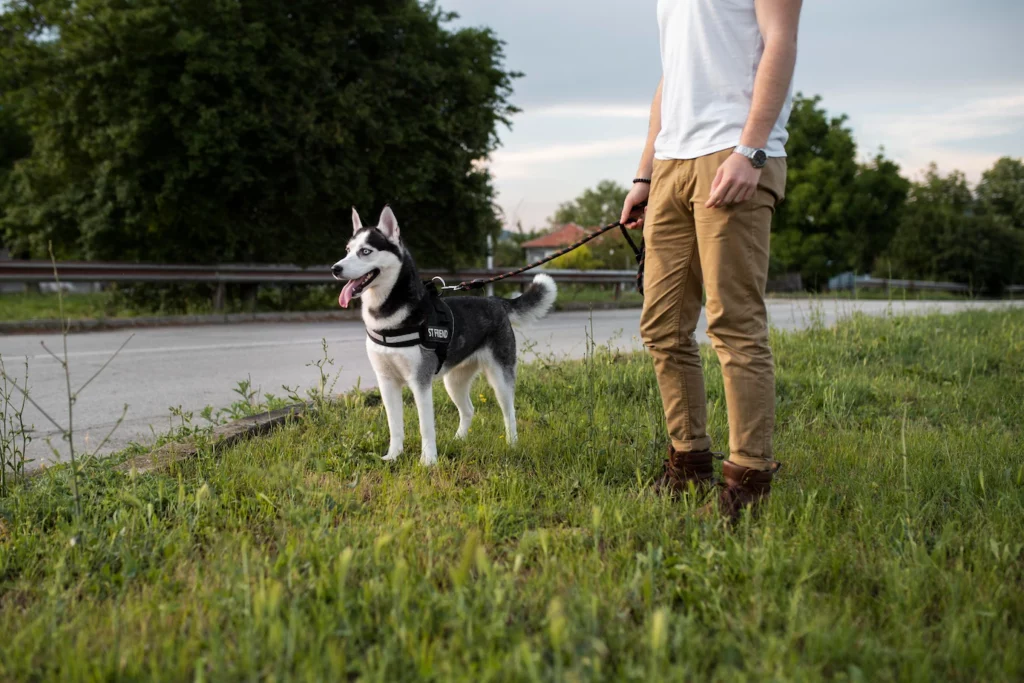
Once you’ve taken immediate care of a cut quick, it’s important to consider when and how you can return to your regular walking routine. Here are some tips to make the transition as smooth and safe as possible.
1. Timing is Key
Allow your dog some time to recover before heading out for a walk. If the cut was minor and the bleeding has stopped, you might be able to go for a short, gentle walk relatively soon. If the cut was deep, it’s best to wait a bit longer, potentially a day or two, depending on your vet’s advice.
2. Be Mindful of the Terrain
When you do start walking again, choose your routes carefully. Avoid rough terrains that could reopen the wound, and keep your walks on softer surfaces like grass or sand where possible.
3. Keep it Short and Sweet
Initially, keep your walks shorter than usual to avoid putting too much pressure on the healing quick. Gradually increase the length of walks as your dog’s comfort level improves.
4. Monitor Your Dog’s Behavior
Throughout this process, stay observant of your dog’s behavior. If they show signs of discomfort or resistance during the walk, it might be best to cut it short and give them more time to heal.
5. Keep the Wound Clean
After walks, clean your dog’s paw to remove any dirt or debris that could lead to infection. A simple rinse with warm water should suffice in most cases.
Remember, each dog’s recovery time can vary. Always prioritize your dog’s comfort and well-being, and when in doubt, consult with a professional. Let’s address some additional questions in the next section for a more comprehensive understanding.
FAQs: Exploring Further into Walking a Dog After Cutting the Quick
To provide more clarity on this topic, let’s dive into some frequently asked questions that arise when discussing walking a dog after cutting the quick.
How can I make my dog comfortable after cutting the quick?
Ensuring your dog’s comfort begins with an immediate and effective response. Stop the bleeding, clean the wound, and offer reassurance. Provide a quiet, comfortable space for them to rest and recover. If necessary, consult with your vet about the use of a suitable dog-safe pain reliever.
Can cutting the quick have long-term effects on my dog’s walking?
Typically, cutting the quick does not lead to long-term walking issues if managed correctly. However, repeated incidents may make your dog anxious during nail trims, and severe or infected cuts could potentially cause complications. Always seek professional advice if you’re concerned.
How can I avoid cutting the quick in the future?
Start by getting a good understanding of your dog’s nail anatomy. Invest in a high-quality trimmer and learn proper trimming techniques. If your dog has dark nails, making the quick hard to see, trim little by little to reduce the chance of cutting the quick. Regular trims can also help the quick recede, making it easier to avoid.
Can a professional groomer cut the quick too?
While professional groomers are trained and experienced, they are not immune to accidents. However, the likelihood of a groomer cutting the quick is significantly lower than when a novice does the trimming. If you’re nervous about trimming your dog’s nails, seeking professional help can be a good option.
We hope these additional insights will be helpful for any dog owner navigating this situation. Let’s wrap up our discussion in the next section.
Conclusion: Prioritizing Your Dog’s Comfort After Cutting the Quick
Caring for a dog means occasionally navigating uncomfortable situations like cutting the quick during a nail trim. While it can be distressing, remember that your response to the situation can greatly influence your pet’s comfort and recovery.
- Stay calm, and take immediate steps to stop the bleeding.
- Keep the wound clean and monitor for any signs of infection.
- Gradually reintroduce walking, starting with short, gentle strolls on soft terrains.
- Stay attentive to your dog’s behavior and adjust your actions accordingly.
As much as possible, try to prevent this incident by learning proper nail trimming techniques. But when accidents do occur, remember to prioritize your pet’s comfort and well-being. After all, a happy, healthy dog is what we all strive for. If ever in doubt, don’t hesitate to consult with a veterinarian or a professional groomer.
Thank you for reading and take good care of your canine companions!
References
Here are the valuable resources used in the creation of this article:
- Pawsafe. “Can I Walk My Dog After Cutting The Quick?“.
- Labradoodle Home. “Can I Walk My Dog After Cutting The Quick?“.
- Keeping Pet. “Can I Walk My Dog After Cutting The Quick?“.
- Tryfi. “Can I Walk My Dog After Cutting The Quick?” .
Please visit the above links for more detailed information on this subject. Always remember, when it comes to your pet’s health and comfort, no resource is too much.

